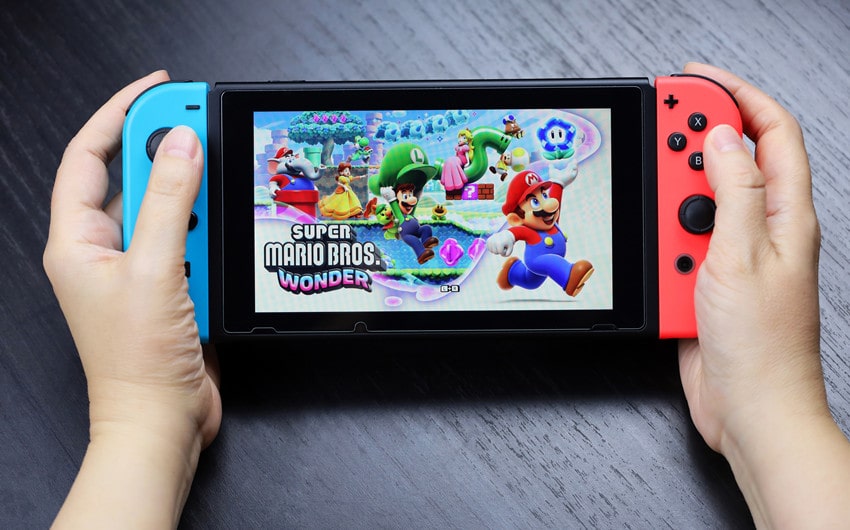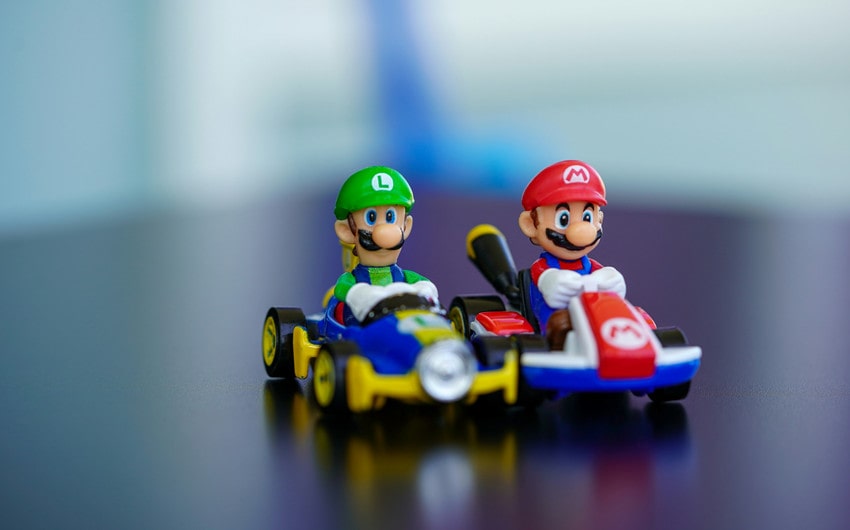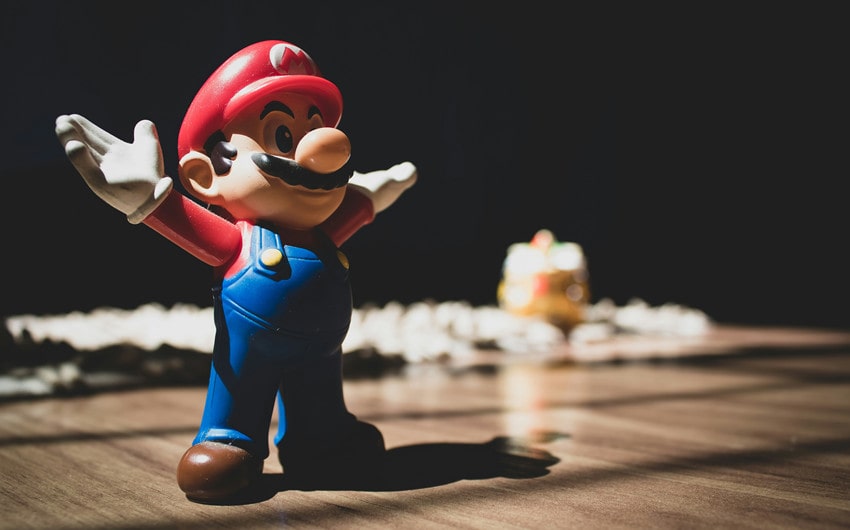Why Are Mario Games So Expensive And Still In Demand?
If you’ve ever tried to buy a Mario game, whether brand new or even years after its release, you’ve probably noticed the price barely budges. It’s a bit surprising in a world where most games lose value quickly. Naturally, many gamers find themselves asking why are Mario games so expensive compared to everything else on the shelf. The answer is more than just nostalgia — it’s a combination of smart strategy, lasting quality, and an incredible fanbase.
In this article, we’ll dive into the real reasons why Mario titles continue to hold their value year after year.
The Enduring Popularity and Demand for Mario Games
Since his first appearance in the early 1980s, Mario has become one of the most recognizable characters in entertainment history. From kids picking up a Nintendo console for the first time to adults revisiting childhood favorites, Mario’s appeal stretches across generations. This broad and lasting popularity fuels constant demand for his games, whether they’re brand-new releases or classics from decades ago.
Unlike other game franchises that might have one or two iconic titles, Mario’s library is filled with hits. Super Mario Bros., Super Mario 64, Super Mario Galaxy, and Super Mario Odyssey are just a few examples of games that defined eras of gaming. Each title not only entertained players but also introduced innovations that kept the series feeling fresh.
The emotional attachment many people have to Mario games also plays a big role. People don’t just buy Mario games for themselves — they buy them for their kids, for gifts, or even to experience them all over again with family. Because the fanbase keeps growing instead of shrinking, demand stays high long after a game’s release, naturally keeping prices up.
Nintendo’s Pricing Strategy
Nintendo’s approach to game pricing is quite different from most of the industry. While other companies frequently offer discounts, bundles, or steep price cuts shortly after a game’s release, Nintendo often maintains a game’s full retail price for years. This strategy is deliberate and based on the belief that their games offer lasting value that justifies their original price point.
When you look at the market, games from companies like Sony or Ubisoft often see significant discounts within months. Nintendo, on the other hand, rarely slashes prices on core titles like Super Mario Odyssey or Super Mario Kart 8 Deluxe. Even when sales happen, the discounts are typically modest — maybe 10–20% off rather than the 50% or more that’s common elsewhere.
This tactic sends a strong message: Nintendo games are worth their price. By not racing to the bottom with aggressive discounting, Nintendo preserves the perceived value of their catalog. Players get the sense that a Mario game bought today is still a solid investment years down the line, both for playability and resale value. It’s a smart way to make their titles feel premium, even without flashy pricing tricks.
Limited Supply and Artificial Scarcity
Another factor that keeps Mario games expensive is how Nintendo often controls supply. While it’s not as extreme with Mario titles as it might be with limited-edition consoles or collector’s sets, there’s still a noticeable pattern. Nintendo tends to produce games in waves, sometimes letting inventory run low to keep demand strong.
This strategy creates a feeling of urgency among consumers. When players believe that a Mario game could become harder to find, they are more likely to buy it quickly and less likely to expect major discounts. This artificial scarcity prevents games from flooding the market, which would naturally drive prices down.
A good example of this tactic was the limited availability of Super Mario 3D All-Stars on the Nintendo Switch. Nintendo announced that the game would only be available for a limited time, and even though it sold millions of copies, the time limit drove demand into a frenzy. Even after the official sales period ended, copies began reselling for well over the original price.
While not every Mario game is treated this way, the subtle control over availability helps maintain excitement and keeps Mario games feeling valuable long after their initial release.
High Quality and Timeless Gameplay
One of the simplest reasons Mario games stay expensive is that they are genuinely good games. Over the years, Mario titles have consistently set a high bar for quality, creativity, and polish. Nintendo’s development teams are known for taking their time to perfect mechanics, level designs, and user experience, which results in games that are fun to play even years later.
Unlike some titles that age poorly due to dated graphics, broken mechanics, or uninteresting gameplay, Mario games are crafted to be timeless. Whether it’s the pure platforming joy of Super Mario Bros., the revolutionary 3D exploration of Super Mario 64, or the gravity-defying innovation of Super Mario Galaxy, each entry offers gameplay that feels just as satisfying now as when it was first released.
Because of this timelessness, Mario games retain their value both emotionally and practically. New players can jump into older Mario titles without feeling like they’re playing something “old” or outdated. The consistency of high-quality releases builds trust among fans, making people more willing to pay full price without hesitation.
Collector’s Market and Resale Value
The strong collector’s market around Mario games also contributes to their high prices. In the world of retro gaming, Mario titles are some of the most sought-after items. Games like Super Mario Bros. 3, Super Mario 64, and Super Mario Sunshine often sell for high prices on secondary markets like eBay, sometimes even higher if the game is still sealed or in mint condition.
Because these games maintain and often grow in value over time, buyers see them not just as entertainment but also as collectibles. When a new Mario game is released, savvy buyers know that holding onto it could pay off years down the road, further justifying the full price at launch.
In addition to retro games, limited editions and physical releases for newer titles often become collectible almost immediately. Players and collectors alike are willing to pay a premium for physical versions, especially as digital gaming becomes more dominant.
The presence of a strong resale market reinforces the idea that Mario games are worth the investment. Players know that even if they finish the game and decide to part with it later, they can recover a significant portion of what they paid — something that isn’t true for most other modern games.
Digital Sales and Minimal Discounting
Finally, the shift toward digital sales has allowed Nintendo to exert even tighter control over pricing. When games were sold mainly through physical retailers, stores sometimes slashed prices to clear inventory. But with digital storefronts like the Nintendo eShop, Nintendo sets the pricing rules and can resist deep discounts much more easily.
In the digital market, Nintendo doesn’t have to worry about unsold stock piling up on store shelves. They can offer the same title to new customers at full price indefinitely, with no pressure to discount for inventory reasons. This means games like New Super Mario Bros. U Deluxe or Super Mario Maker 2 stay at premium prices long after their release dates.
When Nintendo does offer digital sales, they are often brief and conservative. A 30% discount on a Mario game is considered a major event, unlike the regular 70%–80% discounts seen with many other games on platforms like Steam or PlayStation Network.
The control over digital sales ensures that Mario games remain valuable, both in perception and in practice. Players have fewer opportunities to snag a bargain, reinforcing the idea that Mario titles are investments rather than impulse buys.


